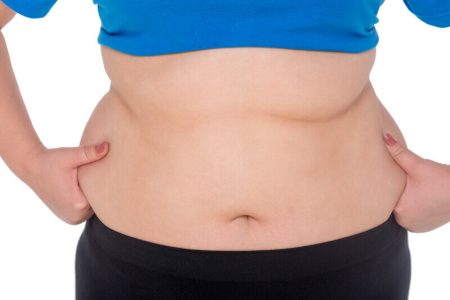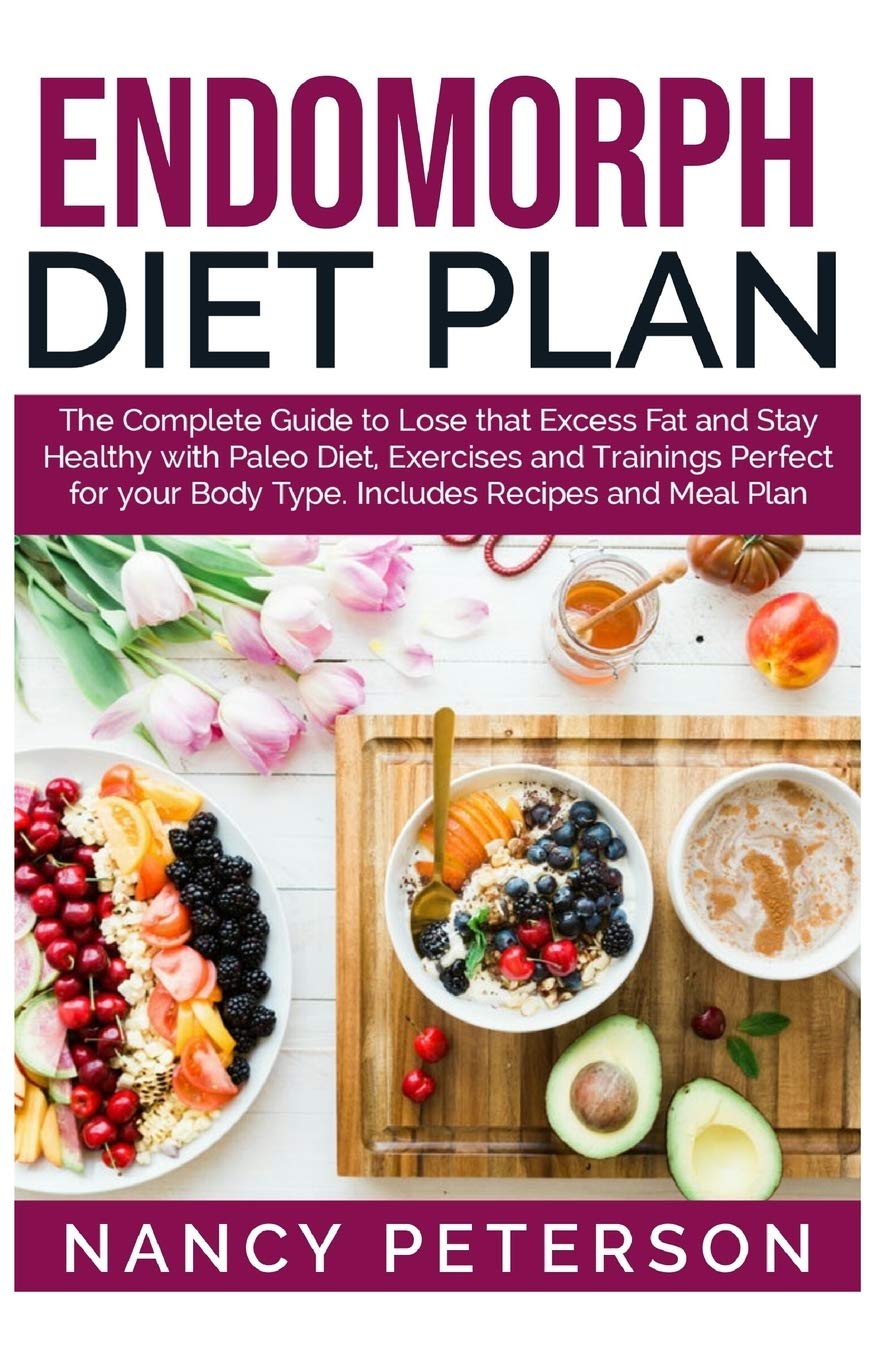
The "eat clean" diet doesn't count calories but emphasizes fresh, whole foods such as lean proteins, complex carbs, healthy fats and fresh fruits, vegetables. The ideal meal plan should consist of three small meals, two or more substantial snacks, and plenty water. You can eat clean by keeping track of what you consume and monitoring your calorie intake. Tracking the food you eat every day is a great way to lose weight and feel great.
The diet eat healthy program offers sample meals plans. Tosca Reno is a mother to three children and had become overweight after giving birth. She wanted to lose weight so she set out to find a way. The diet program helped her lose 200 pounds, and she became a model. She was able get in great shape by following the meal plan and even got some modeling work.

It is not necessary to join a diet group or attend meetings. You do not have to purchase pre-packaged foods in order to follow the diet. Tosca Reno has books that can help you get started. There are also Facebook groups that can help you. It is important to note that a diet like this does not have specific weight loss goals, or a specific end date. Instead, you will be focused on eating small, fresh meals, and organic foods.
Saturated fats cannot be consumed in the eat well diet plan. This plan is not suitable for processed and refined grains. The plan does not include alcohol. The Eat clean diet plan does not include alcohol or refined grains. Instead, it emphasizes eating foods high in fiber, complex carbs, vitamins, and minerals. Although it doesn't require veganism or vegetarianism, it promotes a healthy lifestyle. Many experts suggest that cutting out animal products and replacing them by plant-based foods is the best option to keep fit and healthy.
There are many benefits to eating clean. Eating clean will allow you to have more control over your diet and reduce your cravings for unhealthy foods. This will help you live a more fulfilled, happy, and energetic life. As you continue to eat clean, you'll feel better and lose weight. It will also help improve your overall health. You'll be able to focus on more important things, like your family.

You see, eating clean doesn't have to be a diet. Instead, it should be a lifestyle. It's about a way of eating. Most foods that are "eat-clean" are organically grown. However, some foods are heavily processed and highly processed. These foods are high in sugar and low nutritional value. This type of diet will help you lose weight and build muscle. You will experience better health, increased energy, and greater happiness.
FAQ
What are the best 10 foods to eat?
These are the 10 best foods you can eat:
-
Avocados
-
Berries
-
Broccoli
-
Cauliflower
-
Eggs
-
Fish
-
Grains
-
Nuts
-
Oats
-
Salmon
Do I need to count calories
You might wonder, "What's the best diet for me?" or "is counting calories necessary?" Well, the answer depends on several factors including your current health status, your personal goals, your preferences, and your overall lifestyle.
The Best Diet For Me: Which One Is Right?
The best diet for me depends on my current health status, my personal goals, my preferences, and my overall lifestyle. There are many diets out there, some good and some bad. Some diets work better than others. What should I do then? What can I do to make the right decision?
These are the questions that this article attempts to answer. It begins with an overview of the different diets today. The pros and cons of each diet are then discussed. Finally, we'll look into how to choose the best one for you.
To begin, let's take a quick look at the different types of diets.
Diet Types
There are three types of diets available: ketogenic, high-protein, and low fat. Let's briefly discuss them below.
Low Fat Diets
A low fat diet is a diet that restricts the amount of fats consumed. This is achieved through reducing intakes of saturated fats (butter and cream cheese, for example). and replacing them with unsaturated fats (olive oil, avocados, etc.). If you want to lose weight fast and easily, then a low fat diet is often recommended. This kind of diet could cause problems like constipation or heartburn and indigestion. Vitamin deficiencies can also occur if the person doesn't get enough vitamins through their diet.
High Protein Diets
High protein diets are known to restrict carbohydrate intake and promote the consumption of proteins. These diets have higher protein levels than other diets. These diets are intended to increase muscle mass and reduce calories. They may not be able to provide sufficient nutrition for people who need it. They are also very restrictive, so they might not be appropriate for everyone.
Ketogenic Diets
Also known as keto diets, ketogenic diets are also called keto diets. They are high-fat and low in carbs and protein. They are typically used by athletes and bodybuilders because they allow them to train harder and longer without getting tired. However, they must be used with caution to avoid nausea, headaches and fatigue.
What are 10 healthy lifestyle habits?
-
Have breakfast every day.
-
Don't skip meals.
-
Maintain a balanced diet.
-
Get plenty of water.
-
Take good care of your body.
-
Get enough sleep.
-
Avoid junk food.
-
Do some exercise every day.
-
Have fun
-
Find new friends
Exercise: Good for immunity or not?
Exercise is good for your immune system. When you exercise, your body produces white blood cells which fight off infections. Your body also gets rid of toxins. Exercise helps prevent diseases like cancer and heart disease. Exercise can help reduce stress.
However, overtraining can damage your immune system. Exercising too hard can make your muscles sore. This causes inflammation, swelling, and can even lead to death. To fight infection, your body will produce more antibodies. These extra antibodies can lead to allergies or autoimmune disorders.
So, don't overdo it!
What can you do to boost your immune system?
The human body consists of trillions of cells. Each cell works together to create organs and tissues that fulfill specific functions. Another cell takes its place when a cell dies. Hormones, which are chemical signals that allow cells to communicate with one another, enable them to do so. Hormones regulate every bodily process, from growth and development to metabolism as well as immunity.
Hormones, chemicals that are secreted throughout the body by glands, are chemicals. They travel through our bloodstream and act as messengers, controlling how our bodies function. Some hormones are produced internally while others are made outside of the body.
Hormone production occurs when hormone-producing cells release their contents into your bloodstream. Once hormones have been released, they travel through the body until reaching their target organ. In some cases, hormones remain active only for a short period of time. Other hormones stay active longer and continue to influence the body's functioning even after they leave the bloodstream.
Some hormones are produced in large quantities. Others are made in small quantities.
Some hormones only are produced during certain periods of life. For example, estrogen can be produced during puberty or pregnancy. Estrogen aids women in developing breasts, maintaining bone density and preventing osteoporosis. Estrogen promotes hair growth, and skin stays soft and smooth.
Why should we have a healthy lifestyle to begin with?
A healthy lifestyle will help us live longer and happier lives. Good nutrition, exercise regularly, good sleep habits, stress management and healthy lifestyle can help you avoid heart disease and stroke.
Healthy lifestyles will help us to cope with daily stresses better and improve our mental health. A healthy lifestyle can also help you feel and look younger.
How does an antibiotic work?
Antibiotics are medications that kill harmful bacteria. Antibiotics can be used to treat bacterial infection. There are many types of antibiotics. Some can be taken orally, others are injected and some are applied topically.
Antibiotics are often prescribed to people who have been exposed to certain germs. To prevent shingles, an oral antibiotic may be prescribed to someone who has had chicken pox. An injection of penicillin may be necessary to prevent pneumonia if someone has strep.
If antibiotics are to be administered to children, they must be prescribed by a doctor. Side effects of antibiotics can be more dangerous for children than for adults.
Diarrhea, the most common side-effect of antibiotics, is probably diarrhea. Other side effects possible include dizziness, nausea, vomiting, stomach cramps, dizziness and allergic reactions. These symptoms usually go away after treatment ends.
Statistics
- According to the Physical Activity Guidelines for Americans, we should strive for at least 150 minutes of moderate intensity activity each week (54Trusted Source Smoking, harmful use of drugs, and alcohol abuse can all seriously negatively affect your health. (healthline.com)
- WHO recommends consuming less than 5% of total energy intake for additional health benefits. (who.int)
- The Dietary Guidelines for Americans recommend keeping added sugar intake below 10% of your daily calorie intake, while the World Health Organization recommends slashing added sugars to 5% or less of your daily calories for optimal health (59Trusted (healthline.com)
- WHO recommends reducing saturated fats to less than 10% of total energy intake; reducing trans-fats to less than 1% of total energy intake; and replacing both saturated fats and trans-fats to unsaturated fats. (who.int)
External Links
How To
What does "vitamin" actually mean?
Vitamins are organic compounds naturally found in food. Vitamins help us absorb nutrients from foods we eat. Vitamins cannot come from the body so food must provide them.
Two types of vitamins exist: water-soluble vitamin and fat-soluble vitamin. Water soluble vitamins dissolve easily in water. These include vitamin C (thiamine), Vitamin B1 (riboflavin), Vitamin B2 (riboflavin), Vitamin B3 (niacin), Vitamin B6 (pyridoxine), Vitamin C, B1 (thiamine), Vitamin B2 (riboflavin), Vitamin B3 (niacin), and Vitamin B6 (pyridoxine). The liver and fatty tissues are home to fat-soluble vitamins. Examples include vitamin D, E, K, A, and beta carotene.
Vitamins are classified according to their biological activity. There are eight major vitamin groups:
-
A – Essential for normal growth, and the maintenance of good health.
-
C - important for proper nerve function and energy production.
-
D - Essential for healthy teeth and bones.
-
E is necessary for good vision, reproduction.
-
K - required for healthy muscles and nerves.
-
P - essential for strong bones, teeth and tendons
-
Q - aids digestion and absorption of iron.
-
R - necessary for making red blood cells.
The recommended daily intake (RDA), of vitamins varies with age, gender and physical condition. The U.S. Food and Drug Administration has established the RDA values.
For example, the RDA for vitamin A is 400 micrograms per dayfor adults 19 years or older. Pregnant mothers need 600 micrograms per days because it is vital for the development and growth of their baby. Children ages 1-8 require 900 micrograms per day. Infants below one year old require 700mg per day. But, between 9 months to 12 months, the amount drops to 500mg per day.
Children aged 1-18 years need 800 micrograms daily, while children overweight require 1000 micrograms per days. Children who are severely obese or underweight will need 1200 micrograms each day.
2200 mg of vitamin A per day is required for children aged 4-8 who have been diagnosed by anemia.
2000 micrograms daily is required for adults over 50 to maintain their general health. Mothers who are pregnant, nursing, or have a high nutrient need will require 3000 micrograms a day.
1500 micrograms is the recommended daily intake for adults aged 70+, who lose approximately 10% of muscle each year.
Women who are pregnant, nursing or breastfeeding need more than the RDA. Pregnant women require 4000 micrograms daily during pregnancy, and 2500 micrograms every day after birth. Breastfeeding mothers need to consume 5000 micrograms every day when breastmilk has been produced.